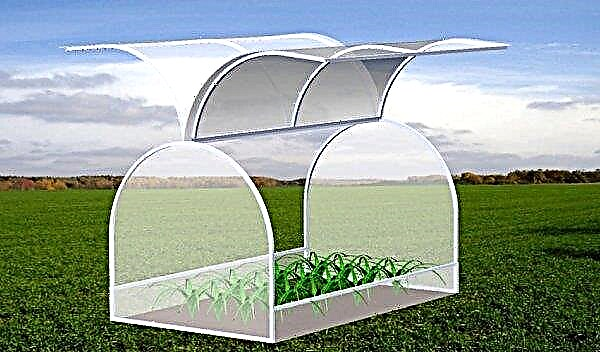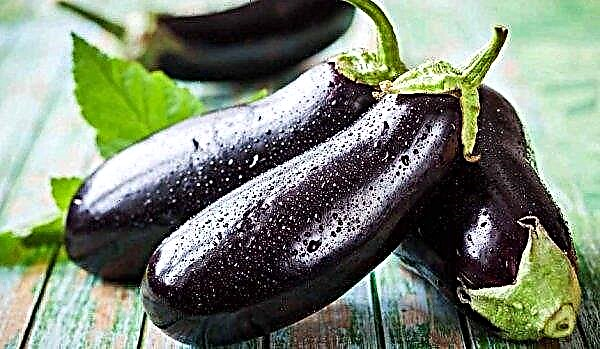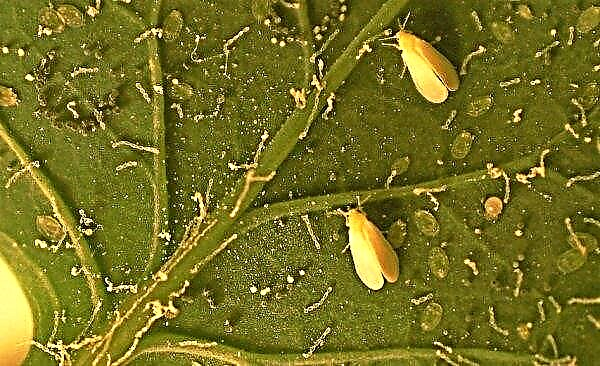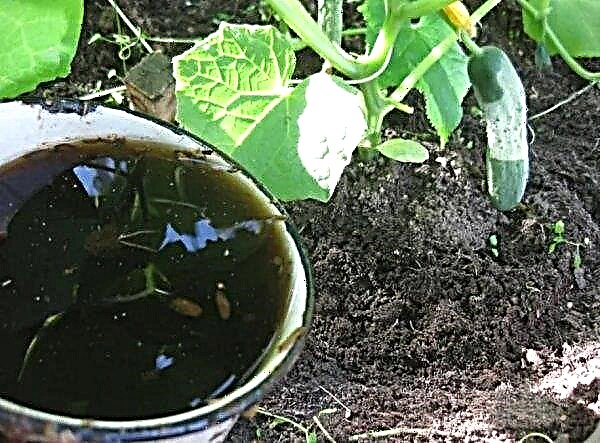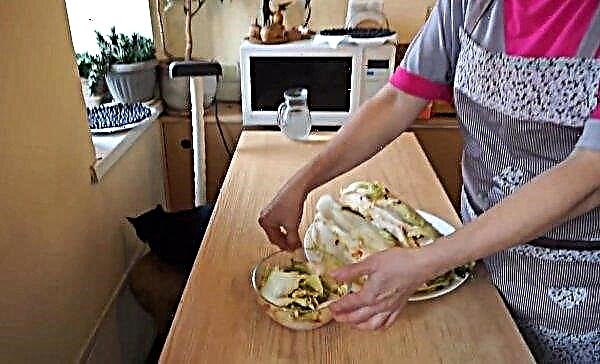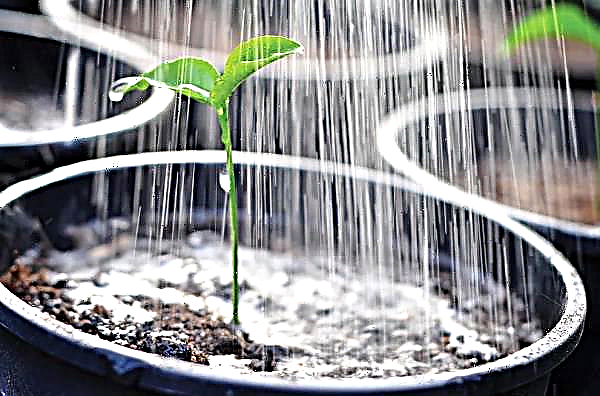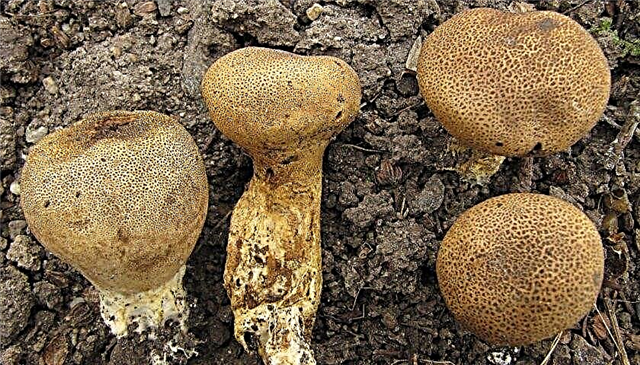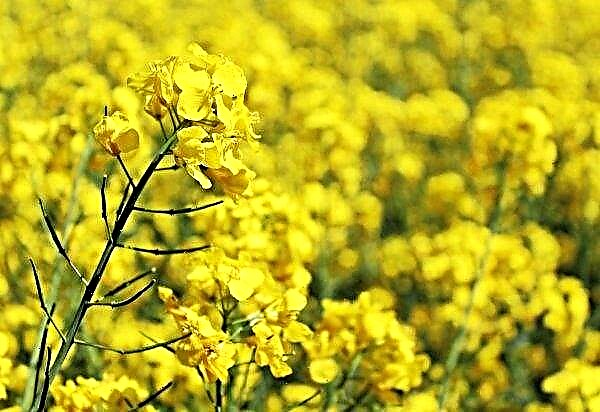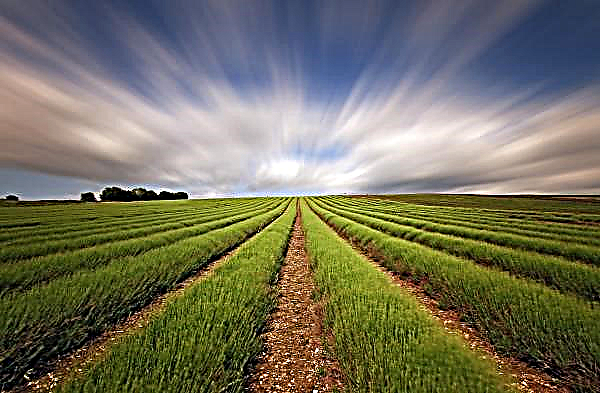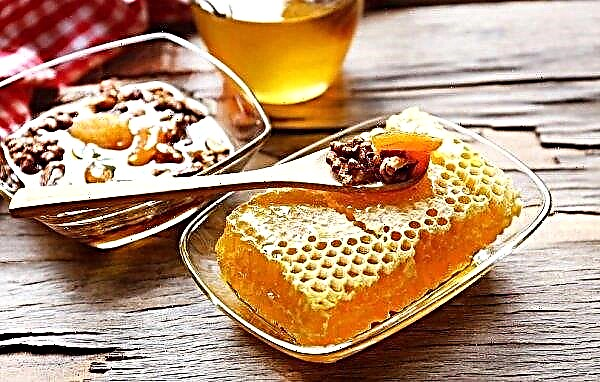Hybrid cucumbers F1 perfection itself attracts many domestic gardeners with its characteristics. The variety really has many advantages. However, their cultivation must be treated responsibly. On how to properly plant cucumbers and how to grow them, read on in the article.
Characterization and description of the variety
Cucumber variety F1 perfection itself was developed by Mars, Miass (Chelyabinsk Region, Russia). The hybrid is part of a series of varieties of the Ural summer resident.
The main region for growing in open ground is the south of Siberia. In greenhouses, the variety can be grown in any climate. Among the characteristics of the vegetable, it is important to pay attention to the botanical description, yield, and also the timing of flowering and ripening.Did you know? The longest cucumber in the world was raised by the British gardener Alf Cobb. The length of the vegetable was 91 cm.
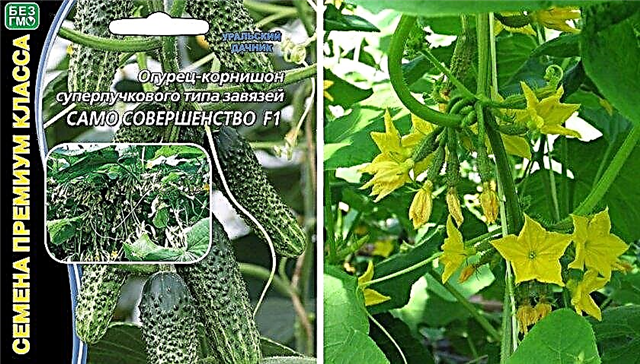
Botanical Description
A detailed description of the hybrid variety (bushes and fruits) is given later in the article.
Bush
Cucumber bushes of this variety are mid-branched. Pollination is parthenocarpic, flowering, in general, occurs according to the female type. Fruits are tied according to the bundle type - in sinuses, on average, 5 ovaries.
Fruit
Fruits of the variety. The perfection of the gherkin type itself - they grow in length up to 10 cm. The shape of the vegetable is cylindrical. The peel is tuberous, green, on the surface of which there are white spikes. The weight of one fruit is 110–130 g. Taste qualities of the hybrid are high, bitterness is absent.
Productivity
The yield of the hybrid is 27-30 kg of fruit per 1 m² of plantings.
Did you know? Monuments of cucumber can be found in many cities of the world. Popular with tourists are sculptures in Poznan, Stary Oskol, Nizhyn, Shklov.
Timing of flowering and ripening
Flowering occurs 30–45 days after sowing seeds, so the exact timing of budding depends on the type and timing of planting. Technical ripeness of the fruits occurs within 37–40 days after the appearance of the first seedlings.
Pros and cons of the variety
The main differences between the hybrid and other varieties are the gherkin type of fruit (small size) and the formation of ovaries in the form of numerous "bunches", which is why the variety is characterized by high productivity.
- The advantages of cucumbers perfection itself include:
- lack of need for pollination;
- fast ripening;
- resistance to light shade, drought and temperature changes;
- prolonged fruiting;
- resistance to peronosporosis, powdery mildew and white mosaic;
- high productivity.
- However, the variety has several disadvantages:
- poor resistance to pests and certain diseases;
- the need for the formation, pinching and tying of cucumber plants;
- relatively high cost of seeds
Sowing and agricultural cultivation
Hybrid F1 perfection itself is grown in a greenhouse or in open spaces. Seedling or seedlingless planting methods are possible. For better rooting, it is recommended to plant seedlings, but in greenhouse conditions, sowing seeds directly into the soil is acceptable. Regardless of the method of cultivation, the seeds must be processed before sowing. First, they are disinfected with a 1% potassium permanganate solution. Then, the planting material is soaked in a growth stimulator (following the instructions for the use of a particular drug) to the drug used. The remaining planting details depend on which growing method was chosen.
Growing seedlings
Seeds are sown for seedlings in late April and early May. To do this, you need to purchase a substrate for growing cucumbers.
Before sowing seed material, the soil must be decontaminated. To do this, it is calcined in the oven or watered with a 1% solution of potassium permanganate.Important! Soil should be bought only in specialized stores. This guarantees the quality of the soil.

Seeds are preferably sown in separate peat pots or in separate cups - the planting material is deepened by 1.5–2 cm into the soil.
Crops contain in temperature conditions +23 ... + 25 ° С. The earth is sprayed from the spray gun as the top layer of the substrate dries. When 3-4 leaves appear on the sprouts, seedlings are planted in a permanent place. The optimal layout is 15 cm between plants and 0.6 m between rows. Immediately after planting, Zelentsy is watered with Radifarm solution.
Open sowing
In open ground, seeds are sown at the end of May. The main condition for the successful germination of planting material is the soil temperature not lower than + 15 ° C. Cucumber seeds are sown in holes dug according to the scheme: 60 cm between rows and 15 cm between plants, after which the holes are abundantly moistened with water. Before sprouts appear, the bushes are irrigated as the soil dries.
Plant care
Productivity depends on the competent cultivation of bushes. Planting care consists of watering, fertilizing, gartering, forming bushes, as well as loosening the soil and its regular weeding.
Watering and fertilizing
Bushes are irrigated as the soil dries, and this depends on the composition of the soil and temperature conditions. The substrate should not dry out, but stagnation of moisture should also not be allowed. It is better to moisten plantings in the morning or in the evening, when there is no active exposure to sunlight. Water temperature should be +21 ... + 23 ° С.
Hybrid It is advisable to feed perfection itself weekly. It is better to use complex preparations with potassium, nitrogen, phosphorus and micronutrients in the composition. It is acceptable to use Agricola or Fertik products.Important! Fertilizer formulations should be applied strictly according to the instructions for the selected drug. An overabundance of micro- and macroelements introduced into the soil for the plant is fraught with anomalies in the development of the fruit.

Immediately after collecting the first vegetables, you should fertilize the bushes with nitrogen mineral fertilizing or organics, such as chicken droppings.
Garter and bush formation
Bushes must be fixed on the trellis. Garter is necessary so that the branches do not creep along the ground and do not break under the weight of the fruits. The plant is formed into one stalk. Also, it is necessary to completely empty the sinuses of the first three leaves. Pasynkovka carried out regularly, as the formation and growth of cucumber lashes ..
Soil care
Soil care is as follows.
- Loosening. Loosen the soil after each watering. If the variety is grown on open ground, the soil is loosened even after rain, otherwise the ground will become covered with a crust, which will impede the development of the root system.
- Weeding. Weeds are removed as they appear. Usually combine the removal of weeds and loosening of the soil.
- Mulching. To better maintain moisture level, it is recommended to mulch the soil around the stands. As mulch use natural materials, such as sawdust or straw.

Pest and Disease Control
The hybrid exhibits high resistance to a number of diseases, in particular:
- powdery mildew;
- downy mildew (peronosporosis);
- white mosaic.

However, in order to prevent the development of other diseases and the invasion of insect pests, it is necessary to carry out prevention on time. To protect against parasites, it is recommended to use Confidor or Actellic preparations. To prevent the development of fungal infections, the plants are sprayed with Quadris or Topaz.
Harvesting and storage
Hybrid Self perfection F1 characterized by long fruiting. Harvested as it appeared, not allowing the fruits to remain on the bushes for a long time. Harvested in the refrigerator for no longer than a week. Vegetables are consumed fresh, pickled, fermented or salted.
Cucumbers F1 perfection itself have many positive qualities, among them - high yield and excellent taste. Compliance with these characteristics can only be achieved through competent planting and compliance with agricultural technology in future care. Responsible gardener, in the end, will receive a quality crop of vegetables.
